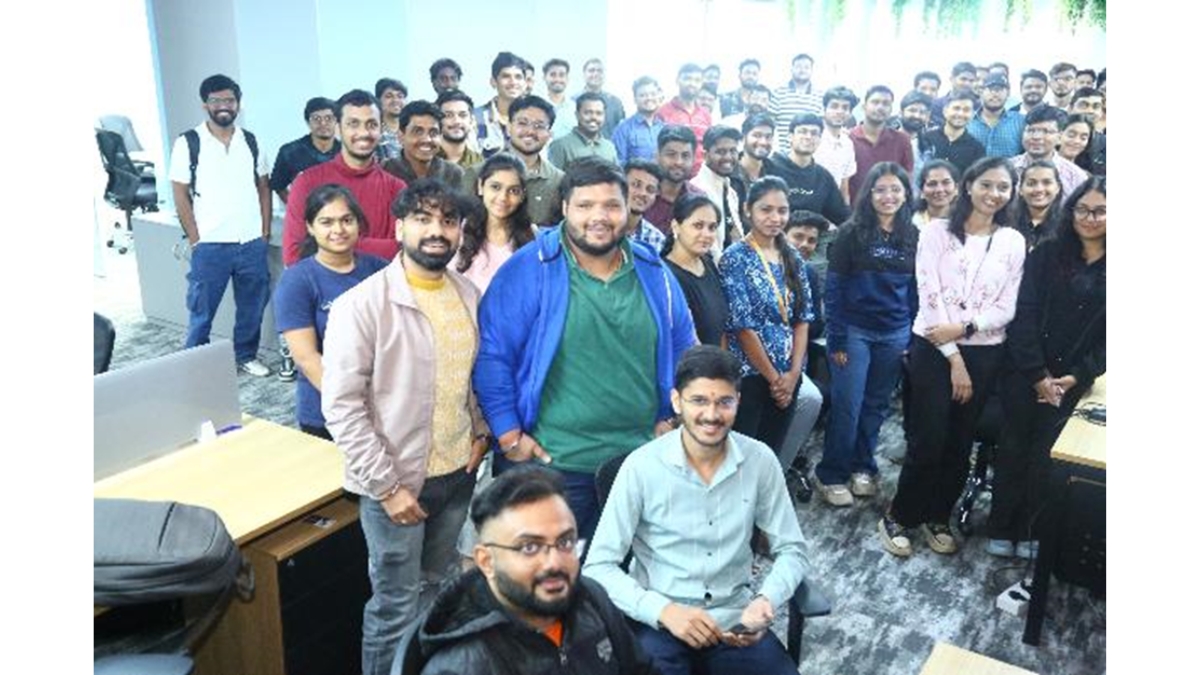
Surat (Gujarat) [India], January 31: Mr. Agastya Sonani, Director of Sonani Jewels, expresses excitement about the upcoming interim budget for the lab-grown diamond jewellery industry in India for the year 2024. He highlights the global boom in the lab-grown diamond sector, positioning India as a key player with its skilled workforce and advanced technology, poised to become a leading hub for lab-grown diamond jewellery production.
The Indian Lab-Grown Diamond Jewellery industry is a significant contributor to the nation’s economy, sustaining around 4.3 million jobs, contributing 10% to merchandise exports, and influencing overall economic growth. The estimated market size in 2023 is US$ 299.9 million, with a projected market size of US$ 1,192.3 million by 2033, reflecting a value-based Compound Annual Growth Rate (CAGR) of 14.8%.
The industry’s growth is attributed to rising consumer demand for sustainable and ethically sourced diamonds, with lab-grown diamonds being viewed as a responsible alternative. As awareness of the environmental and social impact of traditional diamond mining increases, consumers are increasingly turning to lab-grown diamonds. This shift in preferences is expected to fuel further growth, creating substantial opportunities for the lab-grown diamond jewellery industry.
Looking ahead to 2024, Mr. Sonani anticipates promising budget expectations for the industry. With the government’s emphasis on fostering the growth of the gem and jewellery sector, he expects the budget to introduce various incentives and support measures. These may include tax benefits, subsidies, and initiatives aimed at advancing research and development in lab-grown diamond technology.
Additionally, Mr. Sonani advocates for a reduction in import duties, emphasizing its potential positive impact on the industry. A reduction in import duties would likely lower production costs, making lab-grown diamond jewellery more competitive in the market. This move could stimulate domestic manufacturing, encourage exports, and further solidify India’s position as a global leader in the lab-grown diamond industry.
In conclusion, Mr. Agastya Sonani remains optimistic about the budget’s potential to propel the lab-grown diamond jewellery industry forward, fostering sustainability, innovation, and economic growth.
If you have any objection to this press release content, kindly contact [email protected] to notify us. We will respond and rectify the situation in the next 24 hours.






